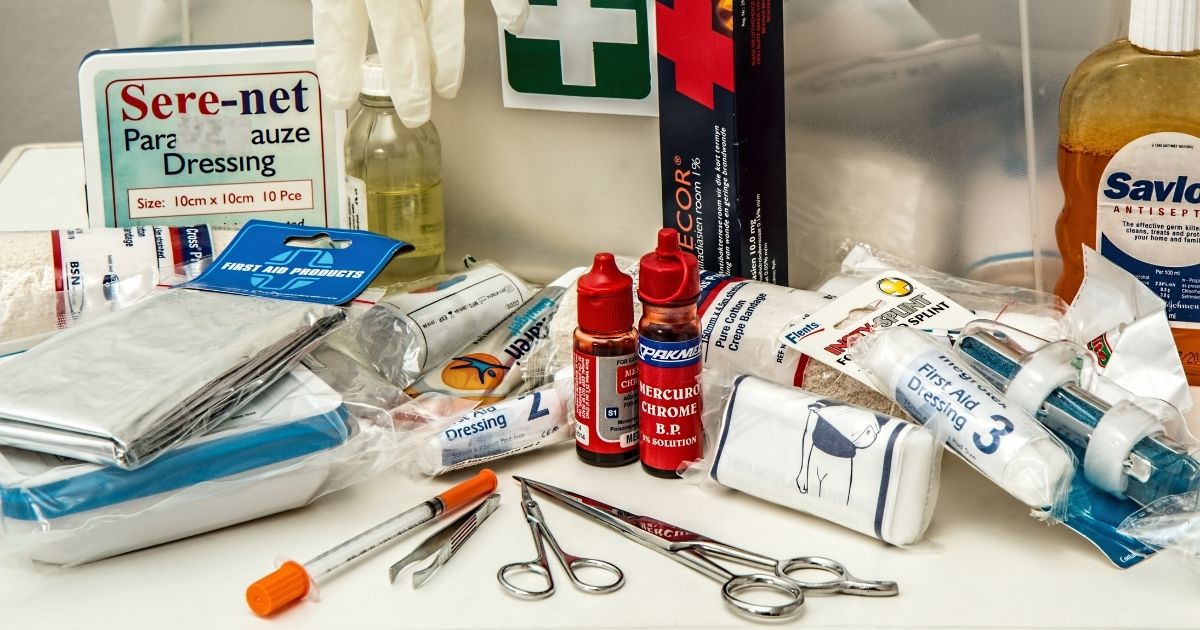Last Updated on: 27th May 2022, 06:20 am
A first aid kit is a must-have for any home. It can be used to treat minor injuries and illnesses, and it can also be used to treat more serious injuries until you can get the injured person to a hospital.
If you are going camping or hiking then you should also take a first aid kit with you. You never know when someone might get injured, so it is best to be prepared.
If you are going on a long trip then it is best to take two first aid kits with you: one for your vehicle and one for your backpack/suitcase/etc. This way if someone gets injured while in the car then they will have access to their own first aid kit, and if someone gets injured while hiking or camping then they will have access to their own first aid kit too.
You should always keep your first aid kit in an easy-to-reach place so that it can be easily accessed in an emergency situation. It should also be kept in a waterproof container so that it does not get damaged by water or dampness (and so that any medications do not get ruined).
What Should Be In A First Aid Kit
There are many different types of first aid kits available on the market today, but most contain similar items. Here are some of the most important things to include:
Bandages – including band-aids and butterfly closures (for larger cuts)
Gauze pads – for covering wounds and applying pressure to stop bleeding (and also for cleaning wounds)
Adhesive tape – for securing bandages in place and holding dressings in place (and also for splinting broken bones)
Scissors – for cutting clothing away from wounds or removing splinters from the skin (and also for cutting gauze pads)
Tweezers – for removing splinters from skin or ticks from clothing/skin (and also for removing glass shards)
Antiseptic wipes/spray – for cleaning wounds and preventing infection
Antibiotic ointment – for preventing infection and protecting wounds from further damage
Painkillers – for treating pain and reducing inflammation (and also for treating shock)
Thermometer – to check body temperature (and also to check the temperature of food or drink)
Sterile eye pads – to protect eyes from injury or irritation (and also to protect eyes from dust or dirt)
Burn gel – to treat burns and scalds (and also sunburn)
Cotton wool balls/cotton wool buds – for cleaning wounds, removing splinters, applying antiseptic, etc.
Disposable gloves – to protect yourself when dealing with blood or bodily fluids, etc.
Plasters – including butterfly closures and band-aids (for larger cuts)
A note on sterilization: If you are going to be using your first aid kit regularly then you will need to sterilize it regularly too. This is because bacteria can grow in any wound that is left untreated. To sterilize your first aid kit you can either boil it in water on the stovetop or use a microwave sterilizer. You should always follow the manufacturer’s instructions when using a microwave sterilizer.

